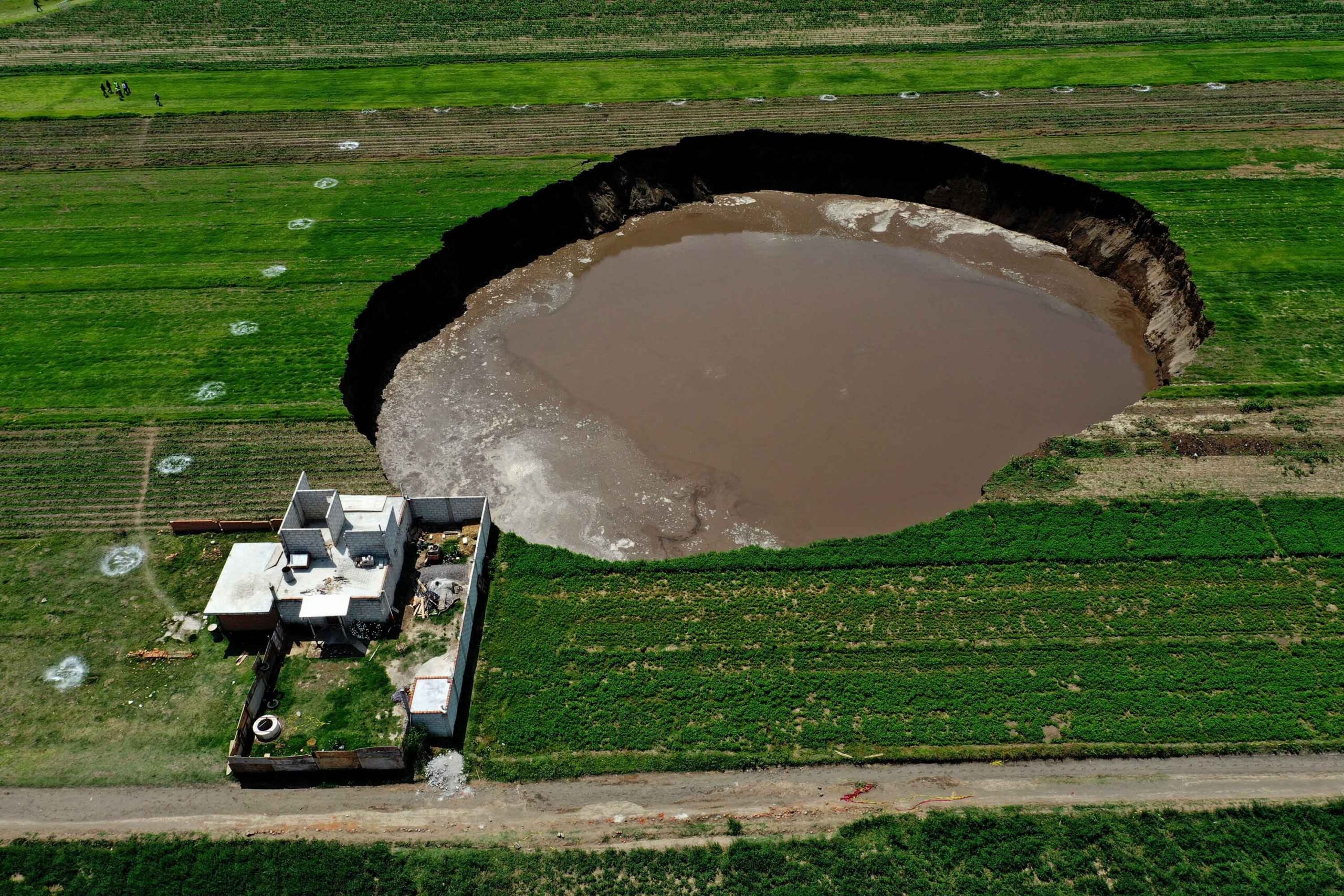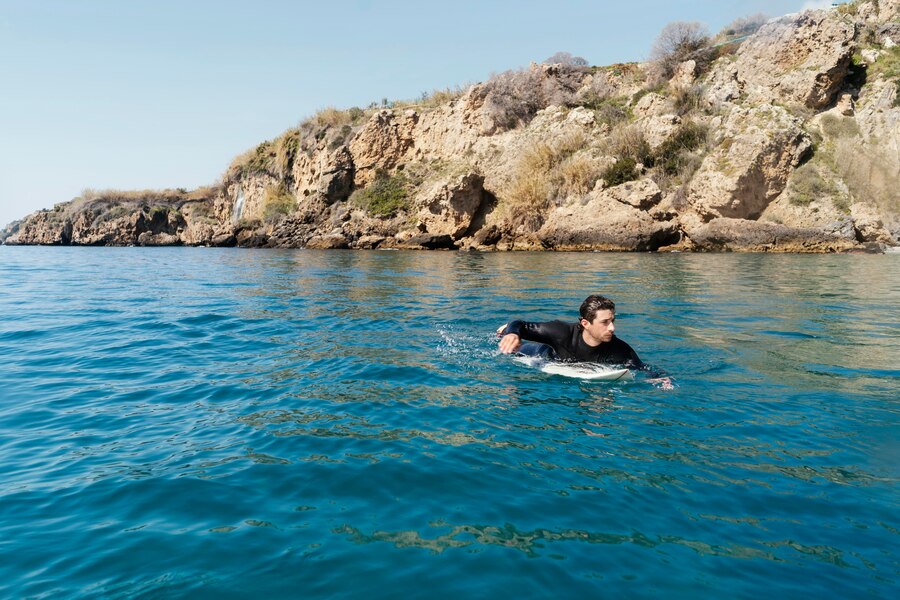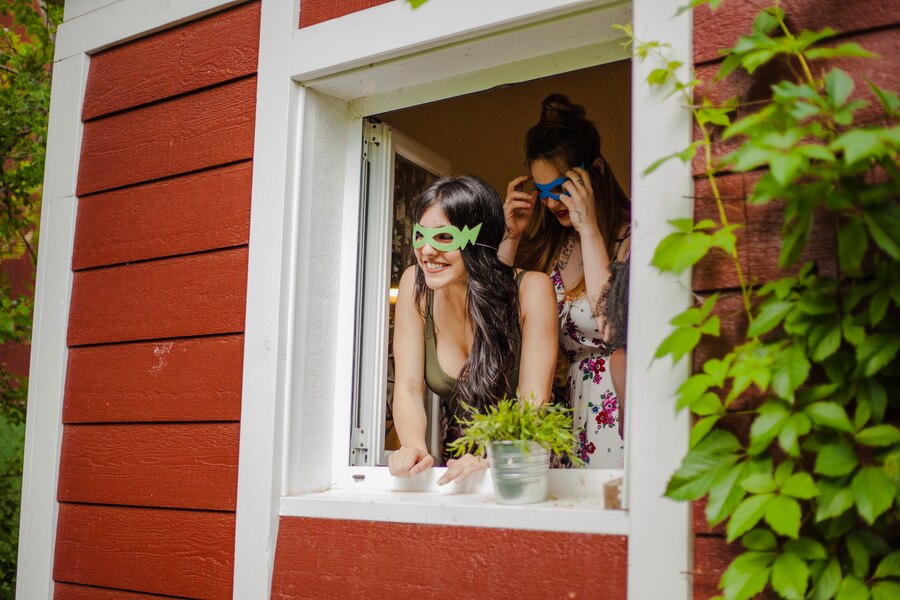In this showcases some of the most extraordinary and unconventional homes from around the globe. These residences defy traditional architectural norms, reflecting a mix of ingenuity, necessity, and sometimes sheer audacity. Here’s a closer look at some of these remarkable places and the stories behind them.
1. Favellas in Brazil

Description: Favellas, often seen as the slums of Brazilian cities, are densely packed neighborhoods that paint a vivid picture of urban challenges and resilience. These informal settlements are characterized by their haphazard construction, with homes stacked upon each other on steep hillsides. Despite the challenges, favellas are vibrant communities with a rich culture, including a thriving art scene. The largest favella, Rocinha in Rio de Janeiro, houses around 100,000 people, illustrating the extreme density and resourcefulness of its residents.
2. The Hanging Temple of Hengshan

Description: The Hanging Temple, or Xuankong Si, is an architectural marvel built into the side of a cliff in the Hengshan Mountains. Dating back to the late Northern Wei Dynasty (386–534 AD), this temple is supported by wooden beams extending from the cliff face. It’s a fusion of Confucianism, Taoism, and Buddhism, showcasing a remarkable feat of ancient engineering and religious dedication. The temple is suspended about 30 meters above the ground, making it both a spiritual and physical wonder.
Unique Aspect: The Hanging Temple’s precarious position and the historical ingenuity required to build it highlight the extraordinary lengths to which people will go to create spaces for their beliefs and practices.
3. Setenil de las Bodegas

Description: Setenil de las Bodegas is a unique white village where homes are built into and beneath massive rock overhangs. The natural rock formations, created by an ancient creek, have been adapted into living spaces, with some houses literally carved into the rock or built directly underneath it. This ingenious use of natural features for construction reflects the adaptation of local communities to their environment.
4. Sealand

Description: Sealand is an unusual and self-proclaimed principality established on an abandoned World War II military platform. Originally built as a naval fort, it was repurposed in the 1960s by Paddy Roy Bates, who declared it an independent principality. Sealand has its own constitution, flag, and even currency. While its status as a sovereign nation is disputed, it remains a curious example of an eccentric attempt at nation-building.
5. Floating Villages in Cambodia

Description: The floating villages on Tonle Sap Lake are remarkable for their adaptability to seasonal changes in water levels. These communities live on floating houses and boats, with entire villages able to move as needed to accommodate the lake’s seasonal rise and fall. The floating homes are often built on bamboo rafts and include everything from schools to marketplaces, creating a dynamic and ever-changing living environment.
6. Floating Villages of Tonle Sap Lake, Cambodia

Our exploration begins on Tonle Sap Lake in Cambodia, home to a series of floating villages. These unique communities sprang up as a necessity rather than a choice, arising from historical circumstances where regime changes and restrictive residency laws left people with no option but to build floating homes. Living on the water is fraught with challenges—resourcefulness is key as residents navigate daily life, from fishing and trading to using the lake for washing. While often viewed through a tourist’s lens, these floating villages highlight the lengths people will go to secure a place to call home.
7. Yakutsk, Siberia

Next, we travel to Yakutsk, Siberia—the coldest city in the world. With temperatures plunging to -60°C, living here requires exceptional endurance. The city’s harsh climate is offset by the high wages offered by the local diamond mines, drawing over 300,000 people to this frigid region. The extreme cold is a defining feature of life in Yakutsk, where the resilience of its inhabitants is a testament to their ability to adapt and thrive under some of the harshest conditions imaginable.
8. Freedom Cove, British Columbia, Canada

Imagine living on a floating island, completely detached from the mainland. This is the reality for Wayne Adams and his wife, who reside on Freedom Cove—a floating, self-sustaining haven built from salvaged materials. They’ve created a unique ecosystem for themselves, complete with gardens and occasional visits to town. Their lifestyle is a blend of environmental sustainability and artistic expression, and their home even attracts local wildlife like bald eagles.
9. Iceland’s Lonely Lodge

In Iceland, an isolated white house on a remote island captured the imagination of many. This structure was originally a hunting lodge, and while it no longer serves its intended purpose, it remains a symbol of solitude. With no modern amenities, it stands as a testament to simpler times and the enduring allure of rugged isolation.
10. China’s Cliff Village

Perched high on a cliff, this Chinese village relies on a network of 800-meter ladders to connect its residents to the outside world. These treacherous paths were once the only means of access for the villagers, who lived precariously for centuries. Recently, the government provided new housing at ground level, and the villagers have embraced this change, marking a significant shift from their previous cliffside existence.
11. Bucharest’s Tunnels

Bucharest, Romania, is home to a network of tunnels initially built for the city’s heating system. These underground passages have become a refuge for many people facing homelessness. Despite the challenging living conditions, these tunnels offer a sense of community and safety for their inhabitants, highlighting the adaptability of those in difficult situations.
12. Madonna della Corona Sanctuary, Italy

High on a cliff near Verona, the Madonna della Corona Sanctuary is a place of pilgrimage that seems to cling to the mountainside. Constructed in the 1930s, it offers breathtaking views and a unique spiritual experience. Originally accessible only by a challenging footpath, modern improvements have made it more accessible while preserving its serene and elevated location.
13. Drina River House, Serbia

The Drina River House is a quirky yet functional structure built on the river’s edge in Serbia. Originally created as a retreat for a couple, the house has endured numerous floods and rebuilds. Its iconic presence and resilience make it a beloved landmark, demonstrating how creativity can turn adversity into a defining feature.
14. Mount Fanjing, China
Mount Fanjing is home to two Buddhist temples perched on separate peaks, connected by a precarious bridge. The climb to these temples involves 8,000 steps, but the effort is rewarded with stunning views and a profound sense of accomplishment. This site showcases the dedication of monks who sought both spiritual solace and protection in one of the most dramatic settings imaginable.
Conclusion
The homes featured in “It May Be Hard to Believe, but People Actually Live in These Houses” highlight a diverse array of living conditions and architectural styles that challenge conventional expectations. From the stacked, vibrant favellas of Brazil to the gravity-defying Hanging Temple in China, and the ingeniously adapted rock houses in Spain, these residences illustrate human creativity and adaptability. Each location tells a story of how people carve out spaces for themselves, whether through resilience, innovation, or sheer determination.
These extraordinary homes not only captivate the imagination but also serve as reminders of the diverse ways in which people can live and thrive in a variety of environments.





